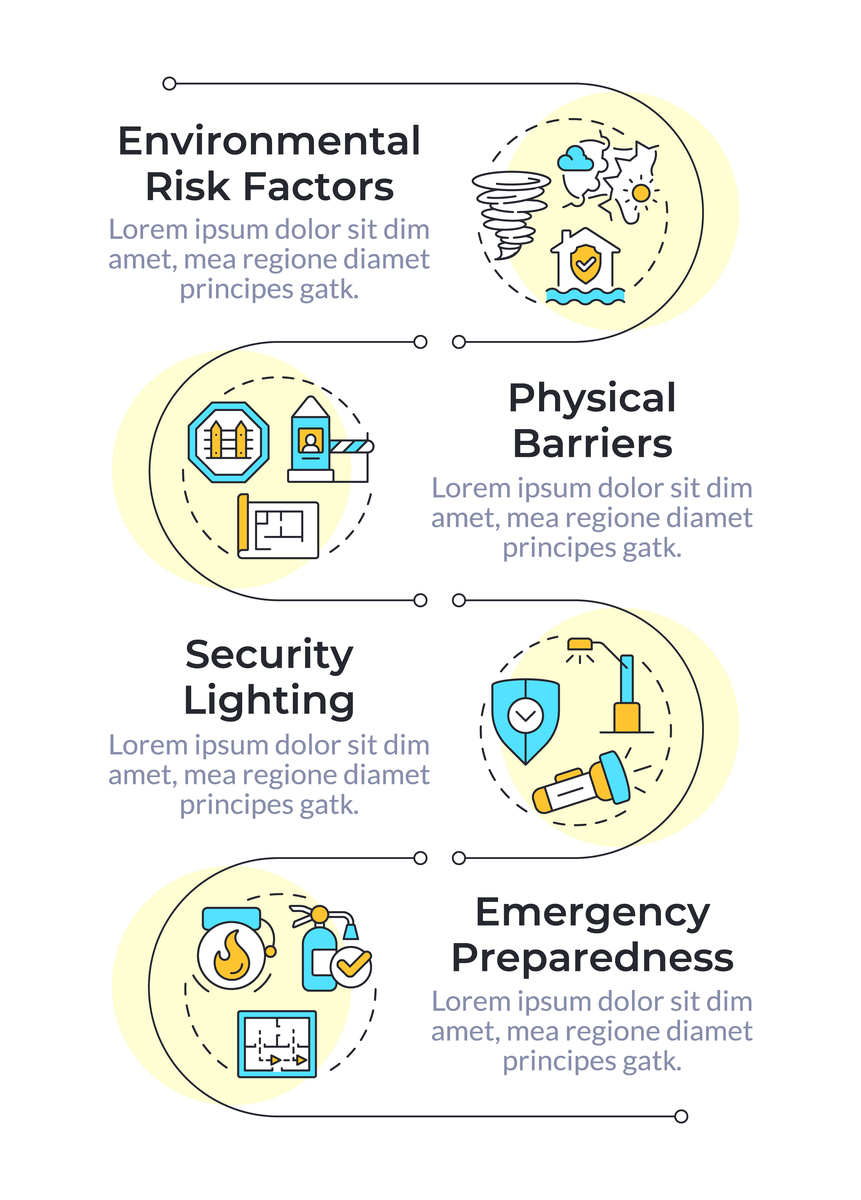PRSNet Part relation and selection network for bone age assessment
PRSNet is a deep learning model designed for bone age assessment, which is the process of determining the skeletal maturity of a person based on their X-ray images. The model leverages a technique called Part Relation and Selection Network (PRSNet) to accurately predict the bone age.
The PRSNet architecture consists of three main components: a backbone network, a part relation module, and a selection module.
The backbone network is typically a convolutional neural network (CNN) that extracts features from the input X-ray images. This network is responsible for learning low-level and high-level image representations, which are crucial for accurate bone age estimation.
The part relation module is designed to capture the spatial relationships between different parts of the bone structure. It divides the input image into multiple regions of interest (ROIs) and extracts features from each ROI using a CNN. These features are then used to calculate pairwise relations between different ROIs, capturing the spatial dependencies between them.
The selection module is responsible for selecting the most informative ROIs for bone age estimation. It takes the ROI features and their spatial relations as input and outputs a set of selected ROIs. This module uses attention mechanisms to assign importance weights to each ROI based on its relevance to bone age.
Finally, the selected ROI features are aggregated and fed into a fully connected network for final bone age prediction.
Overall, the PRSNet model combines feature extraction, spatial relation modeling, and ROI selection to improve the accuracy of bone age assessment. It has shown promising results in various benchmark datasets and has the potential to assist radiologists in diagnosing skeletal maturity in a more efficient and accurate manner

原文地址: https://www.cveoy.top/t/topic/iDmL 著作权归作者所有。请勿转载和采集!